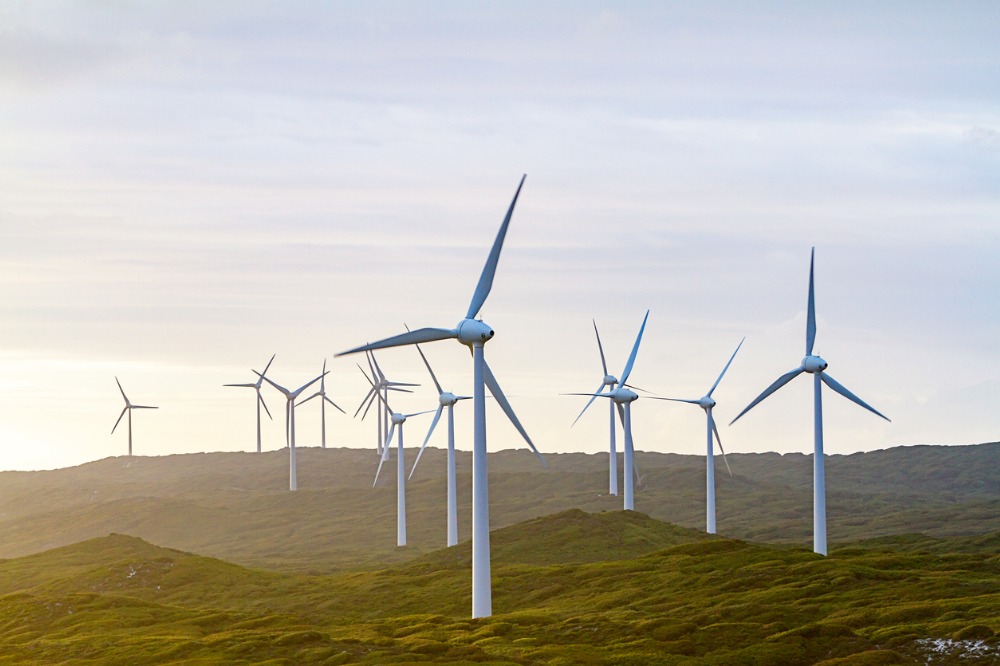Reinsurance concerns over wind turbine failures

Reinsurance concerns over wind turbine failures | Insurance Business Canada
Reinsurance
Reinsurance concerns over wind turbine failures
Who bears the cost, asks a reinsurance broker?
Reinsurance
By
Kenneth Araullo
Gallagher Re has shed light on the significant challenges insurers face when providing coverage for the rapidly expanding wind turbine industry, asking an important question: who bears the cost?
Recent instances of wind turbine collapses and other failures have prompted a closer examination of the risks associated with insuring such projects. While catastrophic collapses are rare, more frequent are minor failures that demand maintenance or component replacement, leading to operational disruptions and financial losses.
In its newest study, Gallagher Re explains that the primary cause of wind turbine damage is often adverse weather, though manufacturing defects also contribute significantly. Typically, if a failure occurs within the standard five-year warranty period for offshore wind projects, manufacturers are responsible for the costs. This responsibility is sometimes reflected in their financial outcomes.
“All risks” policies are common – but manufacturers should still exercise caution
Insurance policies covering “all risks” are common for project owners and wind turbine manufacturers, ensuring payouts regardless of the loss cause. However, if a defect is identified as the cause, insurers might seek reimbursement from the manufacturers, a process known as subrogation. This process, however, comes with its complexities.
The global wind energy sector, according to the Global Wind Energy Council, expected to achieve a total generation capacity of 1TW by last year. The vast majority of turbines operate efficiently, with availability rates between 95% to 98%. However, the trend towards larger, more complex turbines, especially offshore, increases the potential costs associated with failure remediation.
Insurance policies like “construction all risks” or “operations all risks” are pivotal in covering these risks, absorbing most of the premium paid. Yet, insurers must navigate several pitfalls when a wind farm incurs damage and a manufacturer’s fault is suspected:
Co-insurance status – Manufacturers often obtain co-insurance or additional insured statuses, complicating subrogation efforts for insurers
Defect coverage level – Understanding “physical damage” varies by jurisdiction, affecting the scope of coverage for defects
Burden of proof – Insurers rely on policyholders to support claims against manufacturers, yet proving fault can be challenging
Liability limitations by manufacturers – Manufacturers may limit their liability to replacement costs, excluding compensation for delays or lost production
Manufacturer’s financial health – The financial stability of manufacturers can impact their ability to fulfill commitments, highlighted by instances of insolvency
Warranty period duration – Warranty periods typically expire a few years post-completion, with maintenance agreements not extending the original warranty scope
Serial loss clause – This clause restricts the number of turbines claimable for the same technical fault, necessitating careful consideration by insurers
Gallagher Re emphasizes the importance of insurers and reinsurers understanding these complexities to realistically assess their risk exposure. The goal is to ensure comprehensive coverage for the wind turbine sector while managing the potential pitfalls associated with manufacturer-related issues.
What are your thoughts on this story? Please feel free to share your comments below.
Related Stories
Keep up with the latest news and events
Join our mailing list, it’s free!






